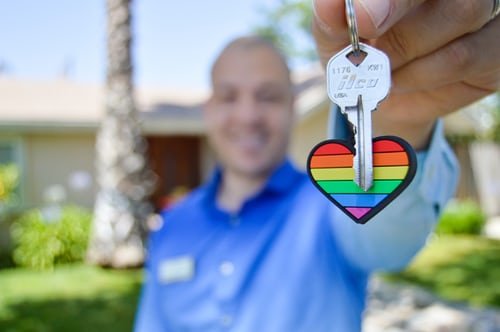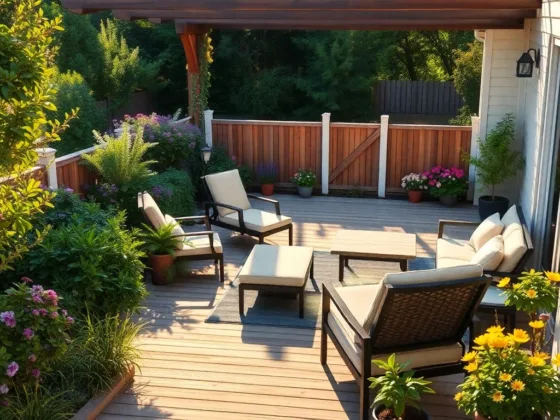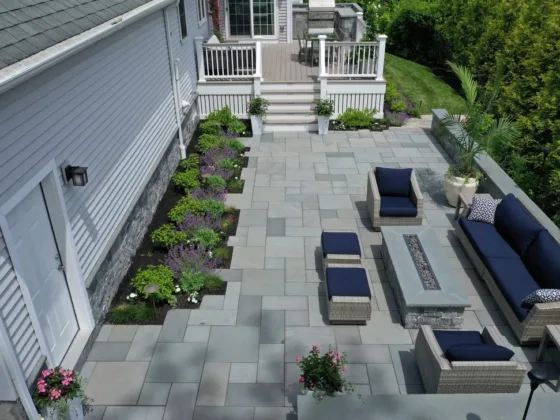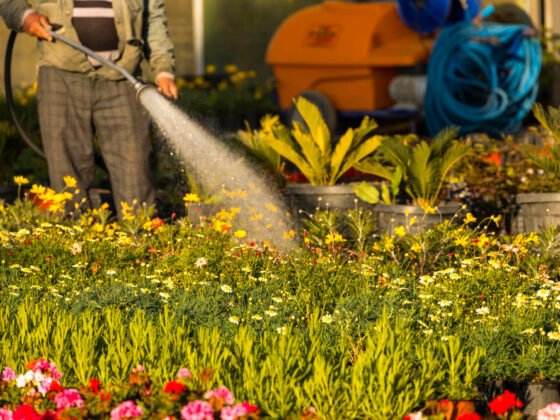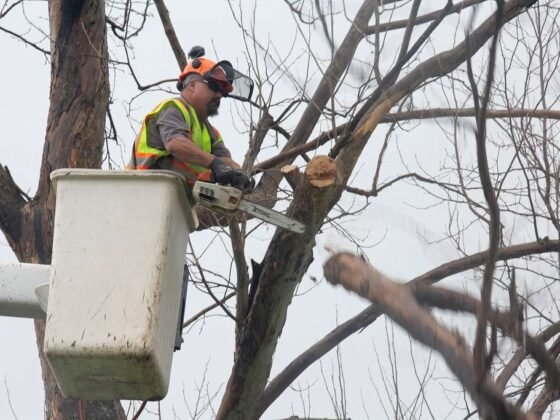Table of Contents Show
A lot of thought and foreplanning should go into any landscape design process to ensure a beautiful and functional outdoor space that flourishes year after year. Where you are located makes a huge impact on the decision-making process.
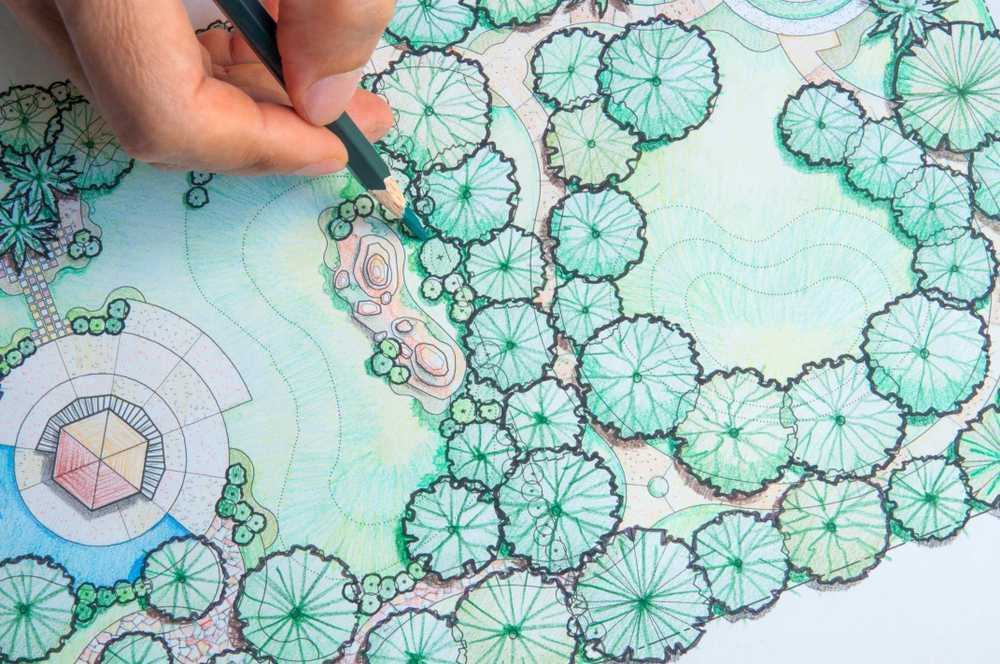
At Luke’s Landscaping, we have a whole lot of landscaping ideas Perth residents can use to help plan for their dream yard. But before you get carried away, there are some important things you should think about.
Read Also:
- How to Keep Your Home Exterior Clean During This Quarantine Period
- 5 Tips for Using Landscaping Shrubs to Change the Look of Your Yard
- The Top Four Budget-friendly Landscape Design Tips for Your Yard
- How to Do Landscaping Right in Winter, Spring, Summer or Fall
- How Often Should I Water My Garden? A Simple Guide
1. Specifications of Your Site
The first thing to do is get to know your yard well. Start with the basic size and shape of your yard and then think about the elements that might affect what you can do. For example, are there any slopes or hills? How does the water drain?
Also, take note of where your utility lines are. When construction is in process, you will be able to prevent any damage from digging by keeping an eye on these.
2. Soil Type and Quality
Knowing what soil type exists on your property is essential to know before planting. Knowing your soil type means you can choose plants that will thrive best.
Soil types include sand, silt and clay, and most soils are usually a combination of all three. Perth soils are notoriously sandy, which means they don’t retain moisture very well.
The quality of your soil will also tell you what you might need to add to it to boost its fertility. Just like us, plants need particular minerals and nutrients to be healthy.
If your soil is significantly lacking in something, it’s likely you will need to add compost, manure or other soil improvers.
3. Climate Conditions
The specific climate conditions of where you live will affect what you can effectively do with your landscaping.
Your own property will likely have its own unique conditions too, which are affected by wind patterns, how often it rains and the amount of direct sunlight.
Remember that weather conditions are typically seasonal, and so it is important to be aware of the changes in conditions throughout the year.
4. What Already Exists?
If you are transforming an existing garden, take note of what you already have in terms of plants and materials. Consider if you need to dispose of it all, or if you can reuse or repurpose some of it.
For example, organic material, such as plants and dead leaves can be turned into compost that will help improve your soil quality.
5. How Will Space be Used?
Although it might be tempting to think landscaping is all about beautiful aesthetics, it should also be about practicality and functionality. It is important to take time thinking about how space will be used and who will be using it.
Will kids be playing there? Do you need a large entertaining space? Do you want to put a swimming pool in? Making a list of your priorities will help you make decisions on how to design your space.
6. Aesthetics of Your Home
Successful landscape designs take into account the existing aesthetics of your home. The outside space should complement and enhance the architecture of your home. And it should reflect your unique personality and lifestyle.
Take some time to consider the lines, shapes, textures, and colours of your home. These can make a good starting place for coming up with landscaping design ideas.
7. Plan for the Future
What is your lifestyle? You don’t want to plan for a design that you won’t enjoy looking after or can’t afford to maintain.
If you want minimal garden duties, you might consider putting in plants that are hardy and easy to care for. On the other hand, if you like spending time in the garden, you could be more flexible in your choices.
Now that you’ve thought about these important factors, it’s time to start looking for garden design in Perth properties.

